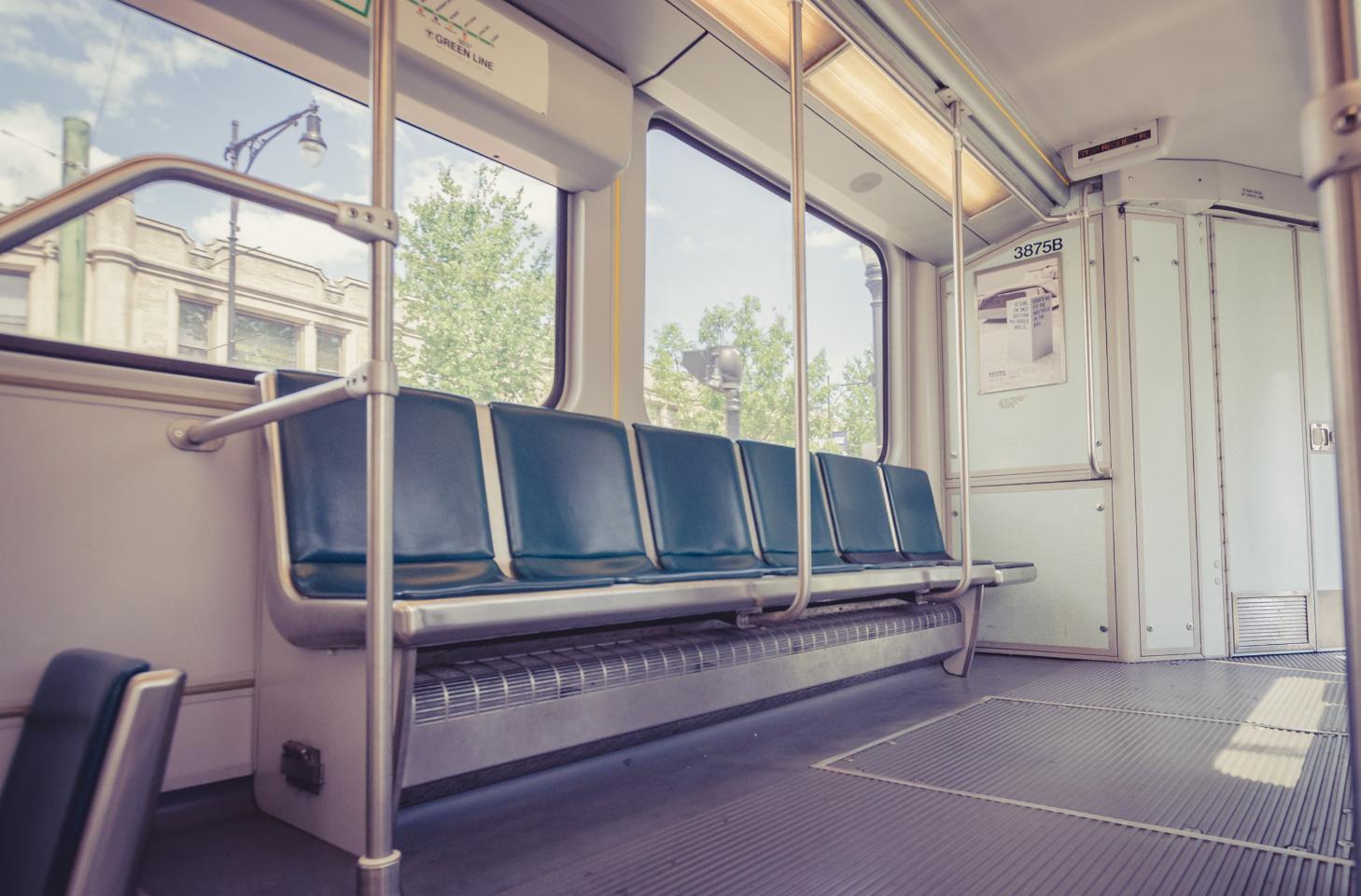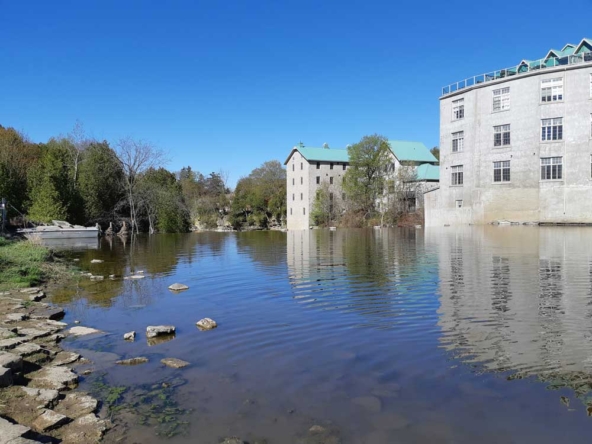As communities grow, reliance on personal transport tends to decrease – here’s the situation in our own backyard.
Waterloo Region currently stands as the tenth most populous metropolitan area in the entire country; with a total population of over 620,000 residents as of 2020 according to data published by the regional government. Assuming the regional government’s projections hold true and population growth continues at 1.58% annually, I would conservatively estimate our population to now stand at just over 643,000 residents. The Province of Ontario’s official growth plan projects a total population of 923,000 by 2051.
https://www.regionofwaterloo.ca/en/doing-business/demographics.aspx#
This might seem to be a disproportionate gain according to historical metrics, however in recent years our economy has experienced unprecedented growth thanks in large part to a booming tech sector. Large companies (Google, Netsuite, OpenText, Blackberry and others) as well as a multitude of smaller start-ups have experienced tremendous success in Waterloo Region and have established our community as a recognized presence on the tech stage internationally. Much of this success is owed to the large post-secondary institutions which call Waterloo Region home, and especially the University of Waterloo. Long known for the prominence of its Mathematics, Engineering and Computer Sciences faculties, UW has played a large part in funneling international talent into the local tech sector via its support of incubators like Communitech.
https://www.communitech.ca/content/downloads/pdfs/Communitech_Annual_Report_FY21.pdf
Tech Sector Surge
The recent surge of the tech sector only augments our existing strength in established industries such as healthcare, insurance, manufacturing, distribution, and higher education. Our diverse economy has weathered the pandemic well thanks to this diversity.
On the infrastructure front, the headline is undoubtedly the launch of light rail service in 2018. Phase one of our LRT system runs between the hubs of Conestoga Mall in the north and Fairview Park Mall in the south, with an expansion to the Galt area of Cambridge forthcoming within the next few years. Massive investment has followed the construction of this arterial transit system, both in terms of residential development (dozens of high-rise condos having either been built over the past five years or currently under development) and amenities for residents (boutiques, bars, restaurants, services, etc).
https://rapidtransit.regionofwaterloo.ca/en/
The bottom line is that more people are seeking to move to Waterloo Region than there are downsizing or moving away. This imbalance in supply and demand was key to fueling the most explosive growth in housing prices our area has ever seen. According to the Kitchener Waterloo Association of Realtors’ 2021 year end report, the average price of a home grew by 32.5% in just one year since December 2020. Despite the construction boom we’ve experienced in core areas over the past several years, inadequate housing supply and the resulting impact on housing costs is now recognized as a major problem by all levels of government.
Our Growing Region
As our growing region strains against its borders, the obvious solution is to intensify existing urban areas and build upwards rather than outwards. This model has been adopted by the regional government as it has encouraged urban intensification by loosening restrictions on multi-unit dwellings, promoted the construction of apartment-style condominiums, and even legalizing ‘tiny homes’ in standard residential zones. Public transit broadly, and the first phase of the LRT specifically, has been successful in attracting businesses and residential developers to the core urban areas of our community, where demand continues to be very strong for single bedroom units aimed squarely at young professionals who want to leave the car behind and use transit or walk to get to work.
Up until only a few years ago, new construction of such units was confined largely to the King Street corridor between Downtown Kitchener and Uptown Waterloo. But we are now seeing signs of intensification radiating outwards from the core, evidenced by green-lit developments such as the proposed 10-storey building coming to 660 Belmont Street West. This trend will only continue to gather momentum, especially up and down vital secondary roads such as Victoria Street, Erb Street, Ottawa Street and Glasgow Street, as additional transit infrastructure is built up and connected to the primary trunk line.
Urban intensification
Urban intensification as desired by our regional government is inevitable in areas undergoing rapid population growth. Urban dwellers will increasingly come to rely upon public transit, bicycles and walking to navigate between their homes, workplaces, and leisure spots. This is an observable phenomenon in every major city on Earth. In order to meet the growing need for centrally-located housing, we will need to move beyond limitations imposed upon developers by outdated concepts such as parking ratios, and instead adopt building requirements more in line with larger urban centres where less emphasis is placed upon the storage of personal vehicles and more is placed upon living space for people.
Debbie Tsintaris is a LOCAL REALTOR® in the Waterloo Region offering expert real estate services in Waterloo and surrounding areas in Southwestern Ontario.




